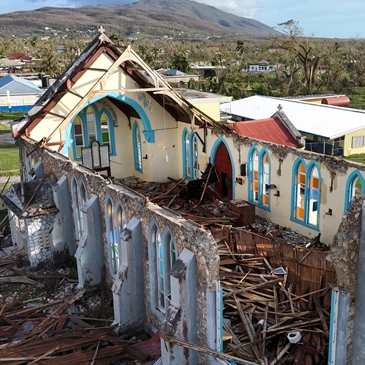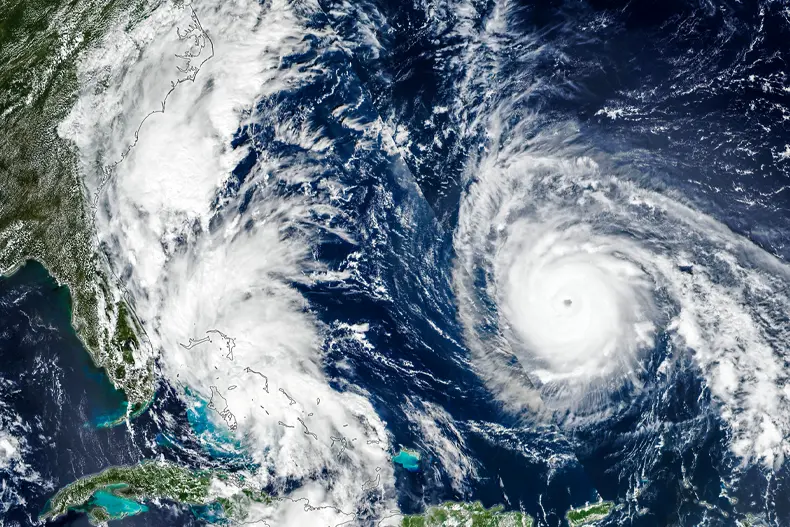Topic: Rosenstiel School of Marine and Atmospheric Science (RSMAS)
Earth’s growing heat imbalance driven more by clouds than air pollution, study finds
Satellite and reanalysis data show aerosol changes in the Northern and Southern Hemispheres largely cancel out, shifting attention to cloud changes due to surface warming and natural climate variability.
Manta rays create mobile ecosystems, study finds
A new study reveals how manta rays form unique interactions with other fishes in South Florida waters—highlighting their complex ecological interactions between species that support ocean life.
New study reveals Industrial Revolution’s uneven health impacts across England
Bone chemistry uncovers hidden stories of pollution, gender, and life in industrializing Britain
2025 Hurricane Season Wrap Up
The 2025 Atlantic hurricane season marked the first time in 10 years that no hurricane made a U.S. landfall—just one of the oddities of a season that started quietly and ended with the devastation of Hurricane Melissa
Study finds offshore wind areas in the Gulf pose minimal impact to shrimping grounds
Shrimpers’ “sweet spot” distances help balance safety and trawling near oil rigs
Stranded Florida dolphins show Alzheimer’s-like brain changes linked to toxic algal blooms
Study links harmful algal bloom toxins to Alzheimer’s-like brain changes in Florida dolphins, raising concerns for marine and human health.
Jamaica: No stranger to powerful hurricanes
Hurricane Melissa devastated much of the infrastructure in the island nation, which often experiences the impacts of Atlantic hurricanes. Now, the process of recovery begins.
How Hurricane Melissa exploded into a monster
The Category 5 storm, which left a trail of destruction across the Caribbean, stunned forecasters and meteorologists, achieving extreme rapid intensification as well as a never-before-recorded wind speed near the ocean surface. University of Miami tropical cyclone experts explain how it happened.
Flying into the heart of Melissa
Tropical cyclone scientist Jun Zhang has deployed drones into the potentially catastrophic Hurricane Melissa, aiding forecasters and amassing data that will help in future storm models.
New study documents functional extinction of two critically endangered coral species following record heatwave in Florida
Catastrophic loss of Florida’s staghorn and elkhorn corals highlights accelerating climate pressures for reefs worldwide
University of Miami Rosenstiel School announces 2025 Climate Café series
The two-part public event invites community members to explore the future of Florida’s Coral Reef and the hidden role of deep-sea fish in regulating the planet’s carbon cycle.
A waltz over water, but no landfall dance
With a rare meteorological phenomenon and the absence of a U.S. landfalling cyclone, the 2025 Atlantic hurricane season has so far proved atypical. But that could change, University of Miami experts say.

























